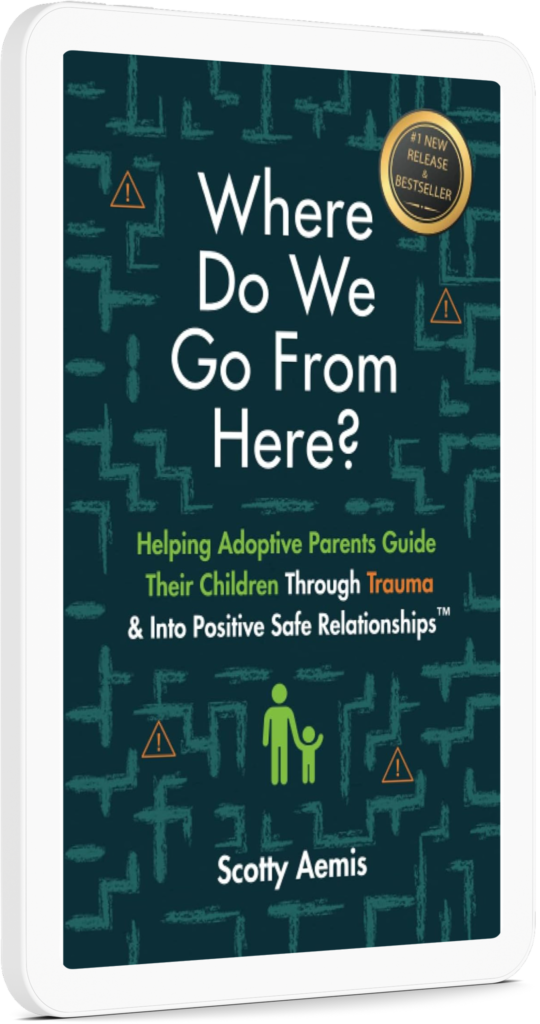Plus How to Manage Overreaction to Stress
Teaching can be rewarding but it can also be difficult at times. Have you ever found yourself thinking that a student is overreacting?
It’s important to stop and really think about this though. When someone’s behaviors don’t seem to line up with the situation, there may be other reasons behind that overreaction, or stress. Instead of judging, take an approach that requires curiosity instead.
The Science Behind Stress
Some students, as well as adults, have heightened responses to stressors. This is because they have hypervigilant stress response systems. The stress pathway in the brain includes both the hypothalamic-pituitary-adrenal axis (HPA) and the sympathetic nervous system. Stress signals are communicated from the inner regions of the brain to the adrenal glands, then out to multiple systems in the body.
This means that when we experience a stressful situation, the HPA orchestrates a cascade of physiology that gets us ready to adapt and perform, or to defend our survival. In other words, it triggers what is more commonly known as the “fight or flight” response.
The brain’s hypothalamus senses a threat and signals the pituitary to release the hormones epinephrine (adrenaline) and cortisol. Epinephrine reacts within seconds to divert more blood to the large muscles as well as increase our breath and heart rates, all of which can help you fight or run from a bad situation. It also focuses the brain on the immediate threat.
Cortisol works more slowly, however, taking several minutes to an hour. Cortisol is often referred to as the “stress hormone.” There are several roles cortisol plays in the body. The first is in metabolism. It stimulates the liver to increase the production of blood sugar. It also helps the body convert fats, proteins, and carbs into usable energy. These functions can help fuel your body during the fight or flight response.
Cortisol can also help the body fight inflammation and regulate blood pressure. But too much cortisol over prolonged periods of time can have negative health effects. It can lead to weight gain, anxiety, depression, heart disease, sleep problems, and even cognitive issues.
Chronic Distress and Overreactions
People who experience chronic distress often have an exaggerated stress response system. Think about those who have experienced repeated trauma. These individuals are constantly on alert for traumatic situations. This hypervigilance may appear to others as an overreaction to stressors. The reverse can also be true. Some individuals with trauma may become numb to the world around them, become hypo-reactive (under-reactive), and may seem unphased by stressors. These individuals have a lower threshold for triggering their stress response and may appear inattentive, distracted, aggressive, or impulsive from the influence of hormones.
Managing the Overactive Effects
Managing stress is important for everyone, but managing the effects of those with chronic stress or an over-reactive system is even more important. This is why I believe practicing intentional regulation is key to healing trauma.
Regulation allows us to pause and become more aware of our surroundings and the situation. This awareness allows us to identify cues and make more informed reactive decisions and behaviors. With awareness and then by extending that pause, we can build more calming pathways, helping individuals balance their over-reactive stress system.
Some great ways to regulate ourselves include yoga, meditation, breathing, and other mindfulness techniques. Quiet corners or regulation/activity corners in classrooms can also be helpful.
For more on creating a trauma-informed classroom that improves regulation, read my 6 Steps to Creating a Trauma-Informed Space.


